Typically manageable, carpet tiles are easy to install and even easier to maintain. Since modern carpet tiles are meant to be installed without the need to use adhesives, when a particular tile gets damaged or stained, it can easily be removed to be washed or in cases of permanent stains or damage, replaced.
 After preparing our subfloor, we are now ready to install our carpet tiles in an economical DIY fashion.
After preparing our subfloor, we are now ready to install our carpet tiles in an economical DIY fashion.
To make sure you get everything right, a plan and having the right tools can’t possibly hurt and would most likely save you time and energy, especially if you decided to undertake the installation yourself.
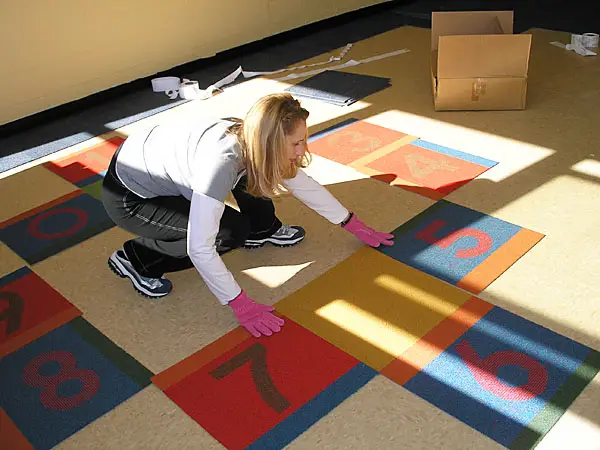
The basic tools you’ll need for this installation project are:
- carpet tiles
- recommended adhesive, if any
- utility knife
- straight hedge
- tape measure
- chalk line
- pencil
After the carpet tiles have been delivered, allow some time for it to acclimate for at least 24 hours before using them as the tiles could either contract or expand depending on the room temperature.
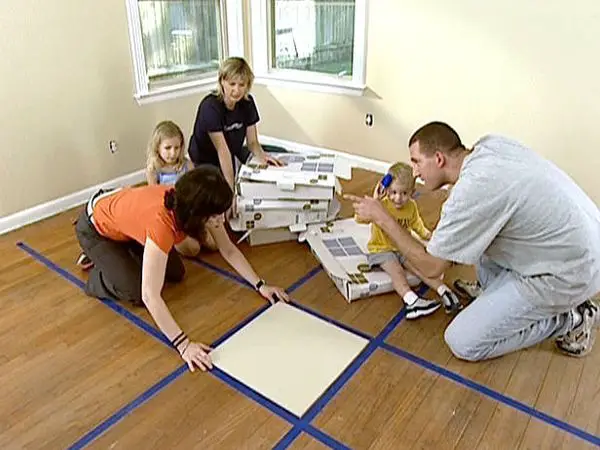 Using the tape measure, find the center of the room, snap a chalk line on the center of each wall to form 4 quadrants. This will make sure the dry layout of the carpet tiles will be straight and you can comfortable mix and match the tiles to form a certain pattern you like.
Using the tape measure, find the center of the room, snap a chalk line on the center of each wall to form 4 quadrants. This will make sure the dry layout of the carpet tiles will be straight and you can comfortable mix and match the tiles to form a certain pattern you like.
Once you have the pattern or design you wanted for the room, you can now securely lay down the tiles, either by locking them together or using adhesive, as directed by manufacturers.
 You may need to cut the tiles when you reach the edge of the room to make it fit, along corners or curves from permanent fixtures. To do this, make sure you have the correct measurements or shape and slowly cut the tile using a utility knife. For curves or other irregular shapes, using a pattern or paper template is also recommended.
You may need to cut the tiles when you reach the edge of the room to make it fit, along corners or curves from permanent fixtures. To do this, make sure you have the correct measurements or shape and slowly cut the tile using a utility knife. For curves or other irregular shapes, using a pattern or paper template is also recommended.
Finish up by covering the edges using baseboards or trims and installing appropriate transition pieces whenever necessary.


 Perhaps the greatest selling point and the reason why more and more people prefer bamboo flooring is because it is both an environmentally friendly and highly sustainable material, however keep in mind that not all bamboo flooring are created equal. You may want to double check the manufacturing and delivery processes, if they comply with environmental standards.
Perhaps the greatest selling point and the reason why more and more people prefer bamboo flooring is because it is both an environmentally friendly and highly sustainable material, however keep in mind that not all bamboo flooring are created equal. You may want to double check the manufacturing and delivery processes, if they comply with environmental standards.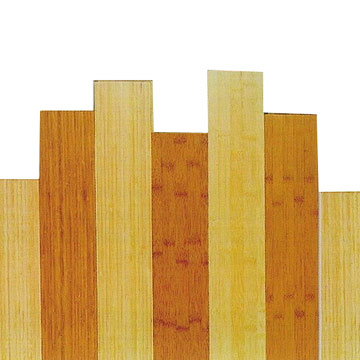 After the planks have been delivered, don’t get ahead of yourself and immediately install them. Get all the flooring materials in the room where they will be installed and lift them of the boxes or at least leave them open so that the planks can acclimate with the room’s natural conditions. The acclimation process is normally around 72 hours, but its best to see manufacturer’s instructions and follow that.
After the planks have been delivered, don’t get ahead of yourself and immediately install them. Get all the flooring materials in the room where they will be installed and lift them of the boxes or at least leave them open so that the planks can acclimate with the room’s natural conditions. The acclimation process is normally around 72 hours, but its best to see manufacturer’s instructions and follow that.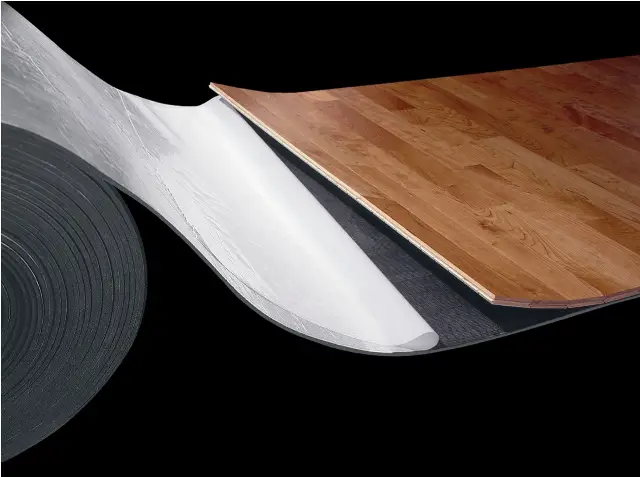 The level of the subfloor will affect not only the appearance of the bamboo flooring but also its durability. Its important to have a structurally sound subfloor to support the bamboo flooring. By structurally sound, we mean no squeaking floorboards or shaky joists. All repairs must be done before flooring planks are attached. The subfloor must be pristinely clean, thoroughly swept free from nails, staples or adhesive residue. Lastly and most important, the subfloor must be dry with a recommended room temperature of 60-70º and a humidity of about 40-60%.
The level of the subfloor will affect not only the appearance of the bamboo flooring but also its durability. Its important to have a structurally sound subfloor to support the bamboo flooring. By structurally sound, we mean no squeaking floorboards or shaky joists. All repairs must be done before flooring planks are attached. The subfloor must be pristinely clean, thoroughly swept free from nails, staples or adhesive residue. Lastly and most important, the subfloor must be dry with a recommended room temperature of 60-70º and a humidity of about 40-60%.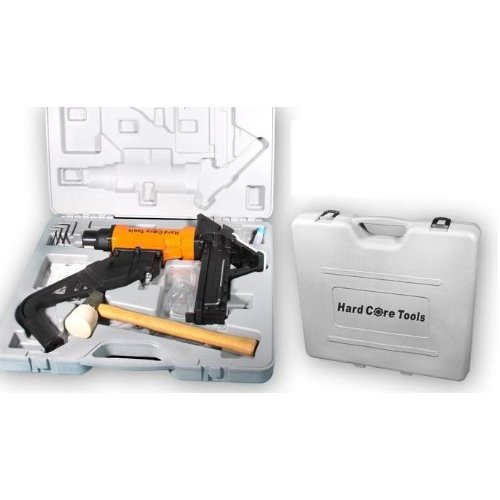

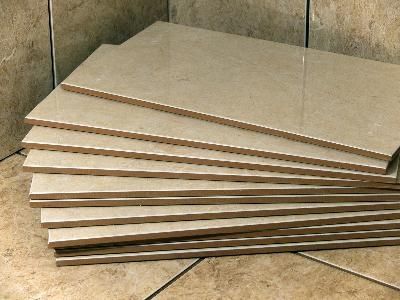 Tools and equipment needed to do the installation will depend on the ceramic or porcelain tile flooring product you intend to use. However, some of the common and basic materials are:
Tools and equipment needed to do the installation will depend on the ceramic or porcelain tile flooring product you intend to use. However, some of the common and basic materials are: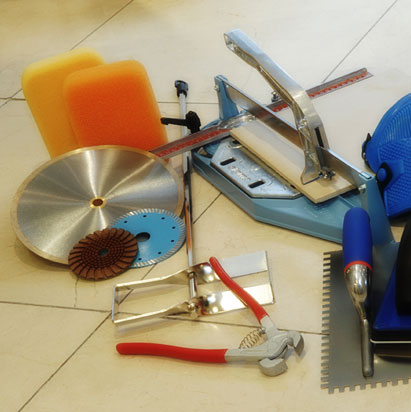
 Following the reference lines we drew earlier, we’ll begin laying our porcelain or ceramic tiles in the center of the room working our way to the sides and edges where there is a greater chance of cutting the tiles. Also be sure to mix the tiles from different boxes to get a more random design.
Following the reference lines we drew earlier, we’ll begin laying our porcelain or ceramic tiles in the center of the room working our way to the sides and edges where there is a greater chance of cutting the tiles. Also be sure to mix the tiles from different boxes to get a more random design.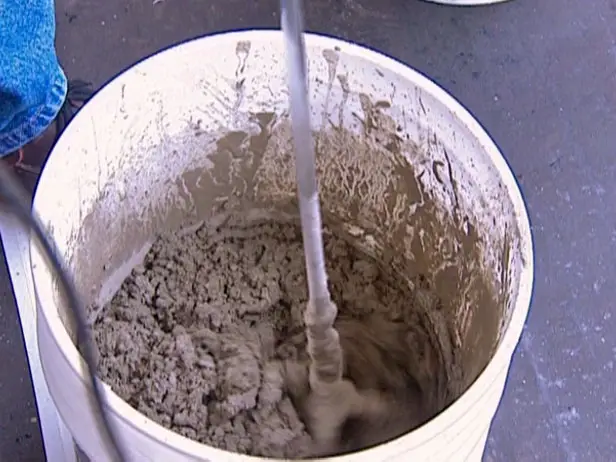
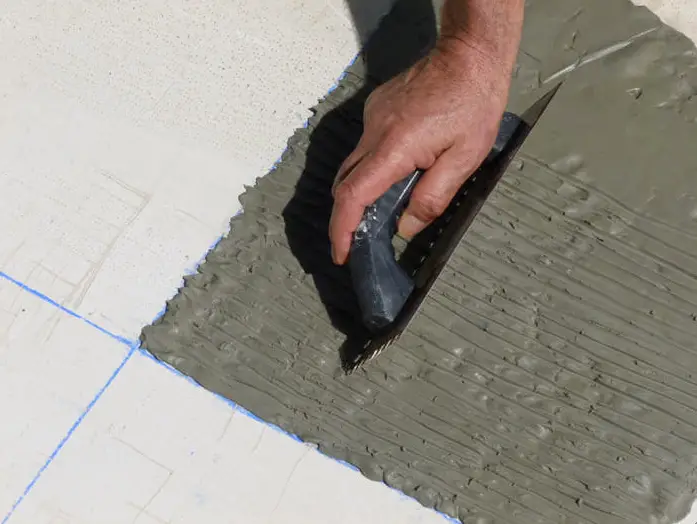
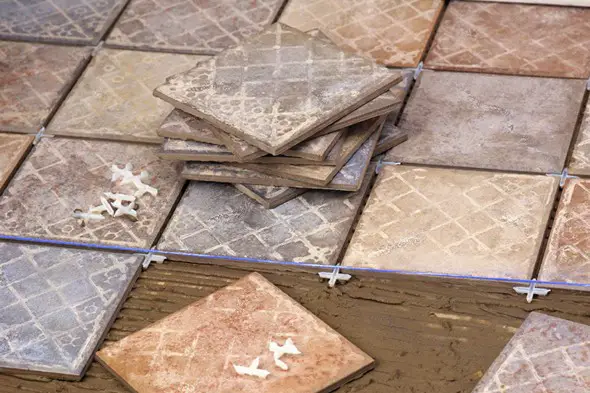
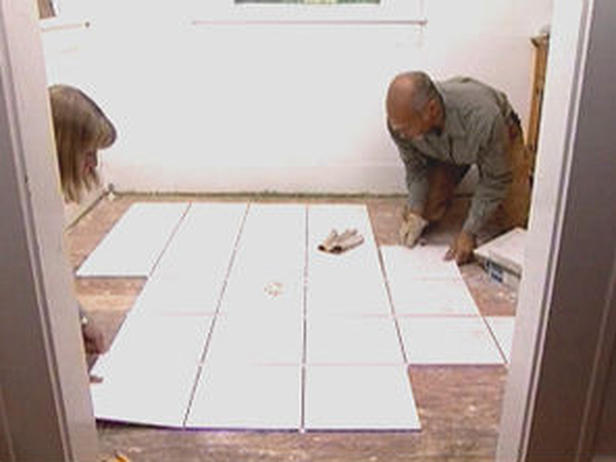
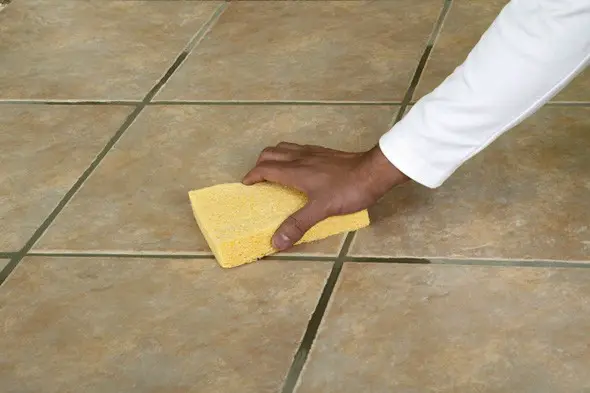
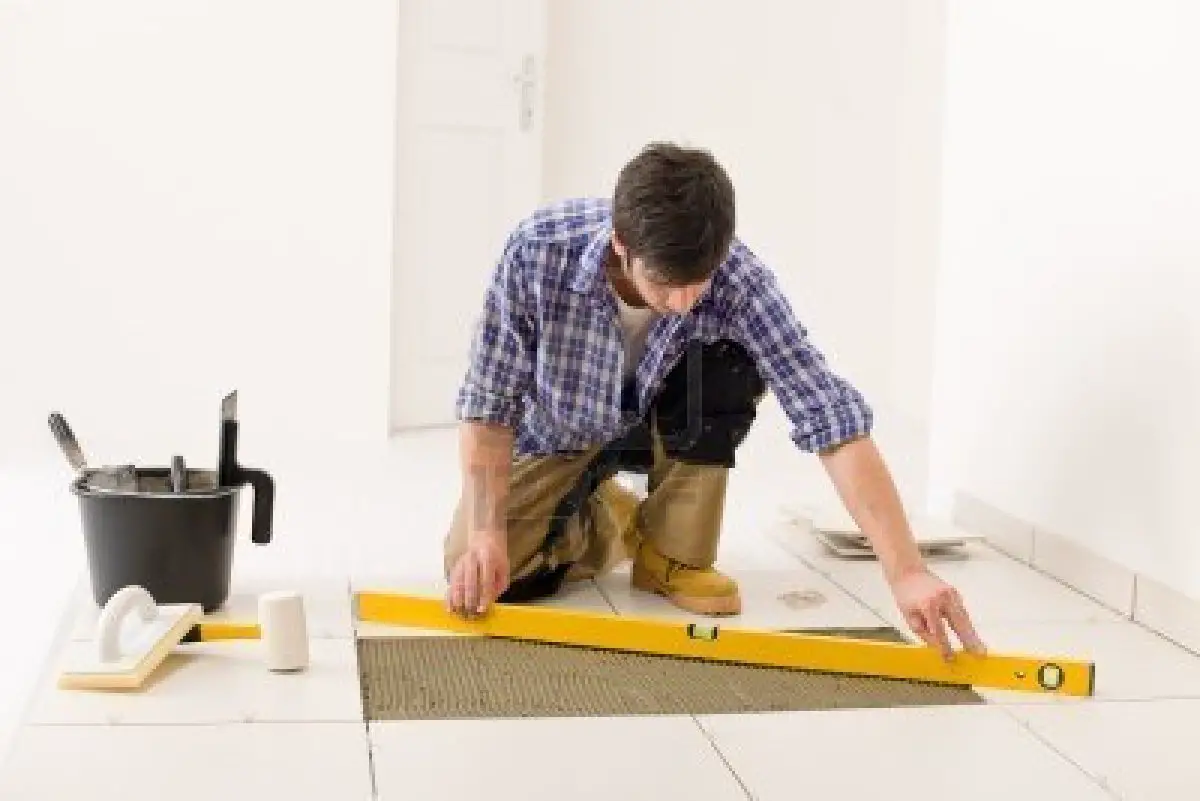
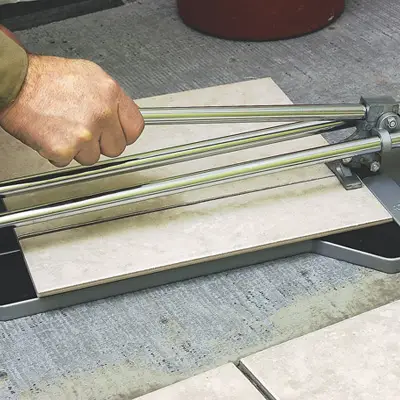
 After the thin-set mortar has finally dried, be sure to grout it up. For this you’ll need:
After the thin-set mortar has finally dried, be sure to grout it up. For this you’ll need: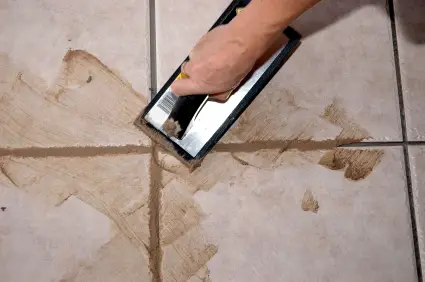

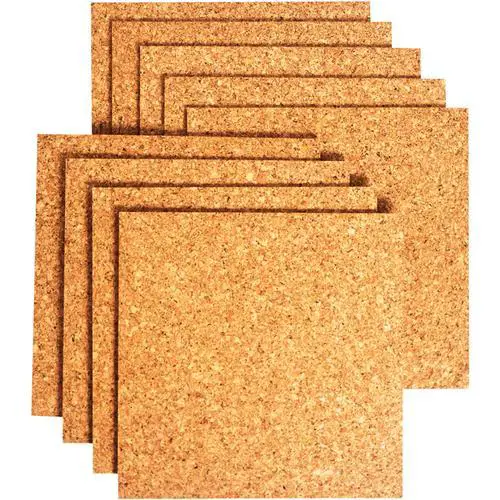 Cork flooring has managed to capture and maintain its share of the market for over a century now. This is not surprising as cork is one of the most beneficial flooring products available.
Cork flooring has managed to capture and maintain its share of the market for over a century now. This is not surprising as cork is one of the most beneficial flooring products available.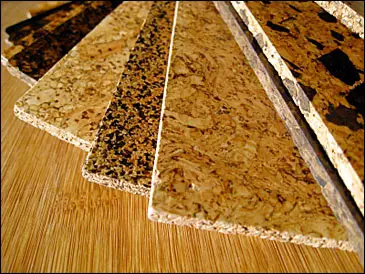 Below are some basic steps in installing your very own cork flooring in DIY fashion:
Below are some basic steps in installing your very own cork flooring in DIY fashion: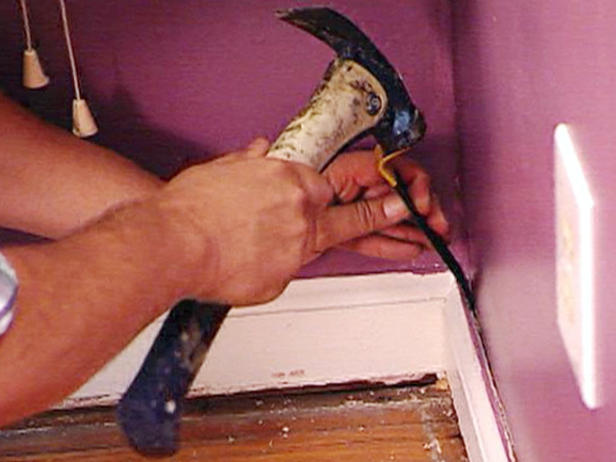
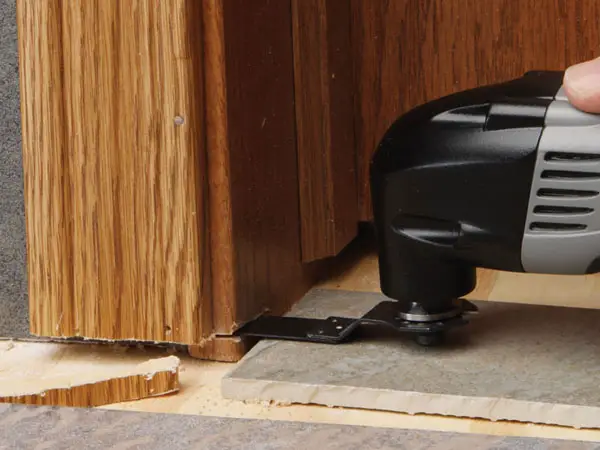
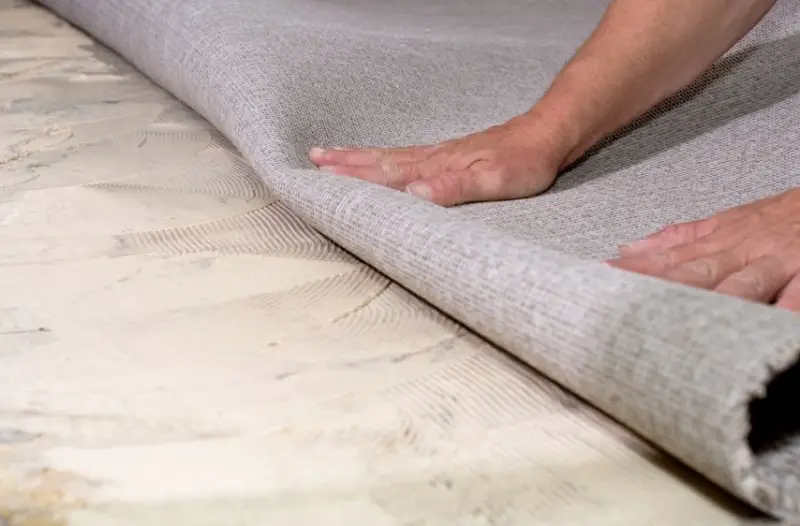

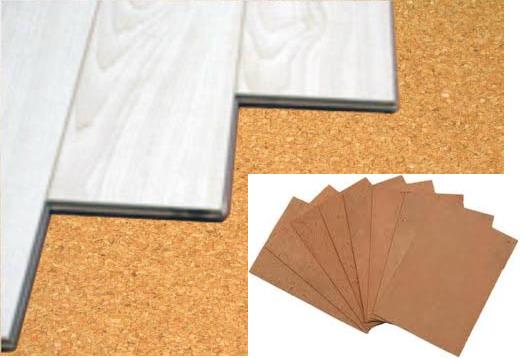
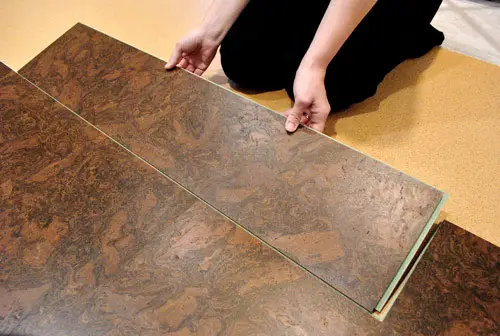
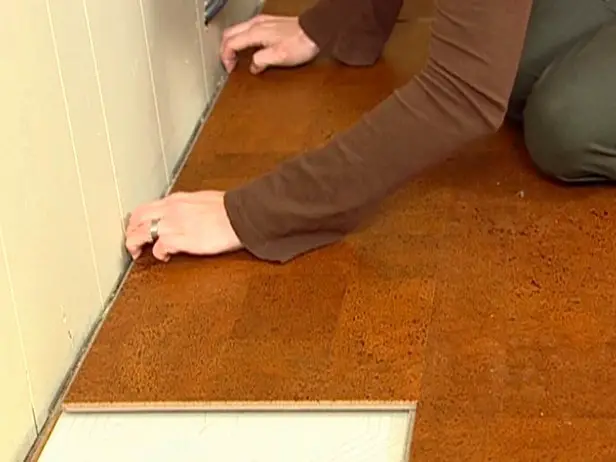

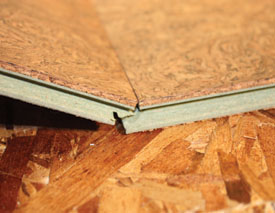

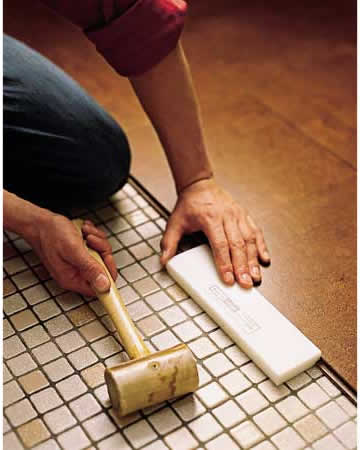
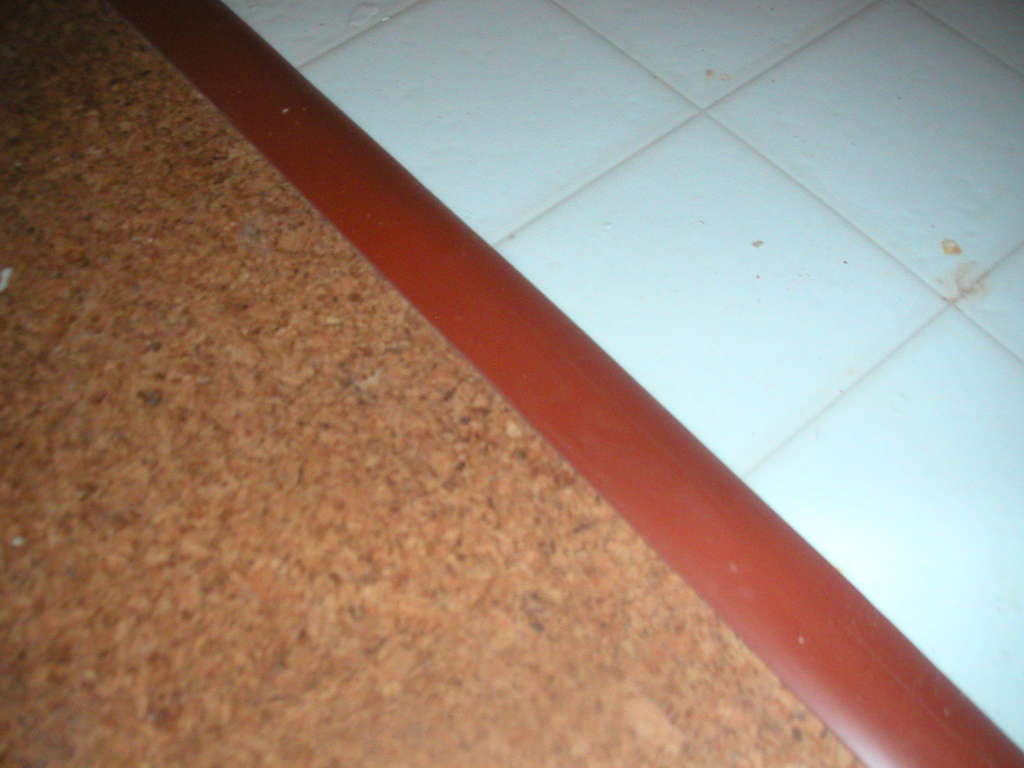
 Comfortable and visually appealing, carpet tiles can add that needed oomph by giving instant warmth and comfort in the room or simply a splash of color. With the different colors and patterns available at a fraction of the cost of wall-to-wall carpeting, the possibilities of creating a cool and personalized space is simply limitless.
Comfortable and visually appealing, carpet tiles can add that needed oomph by giving instant warmth and comfort in the room or simply a splash of color. With the different colors and patterns available at a fraction of the cost of wall-to-wall carpeting, the possibilities of creating a cool and personalized space is simply limitless.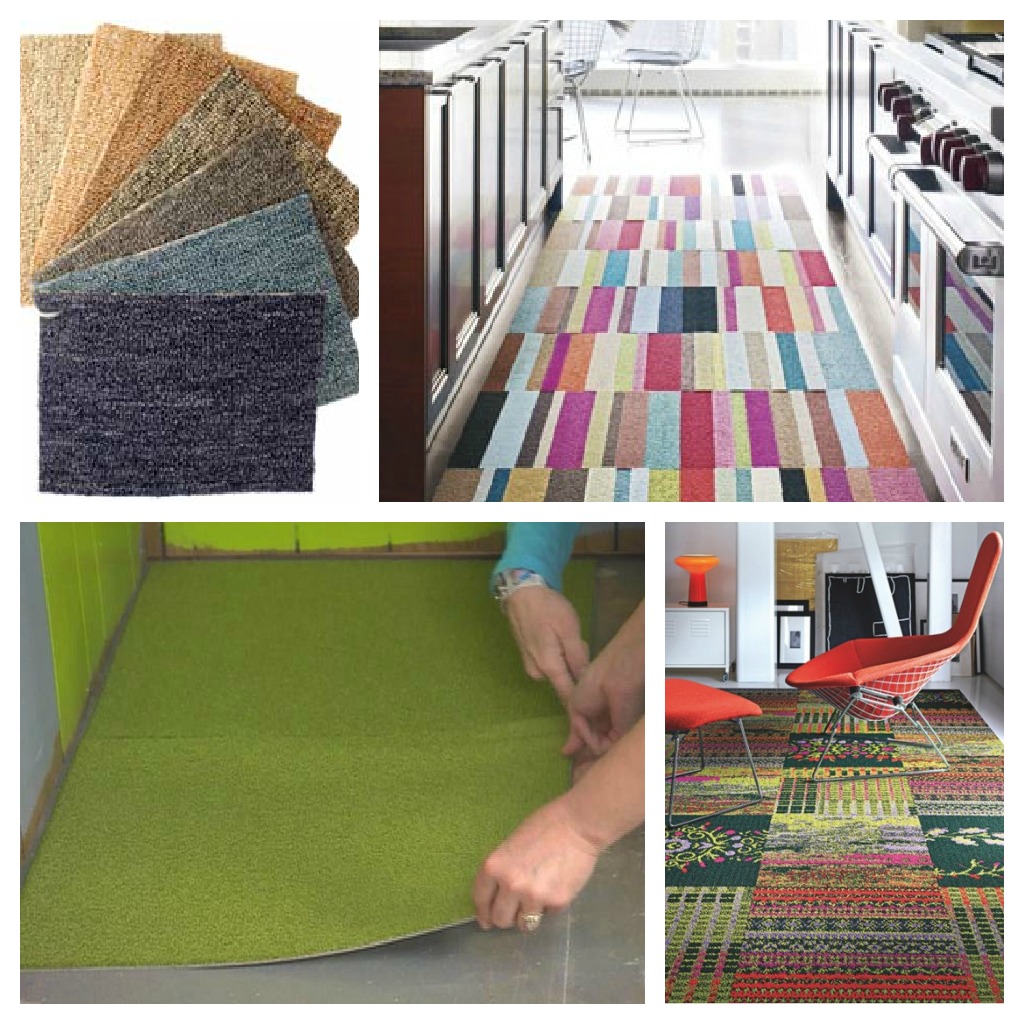
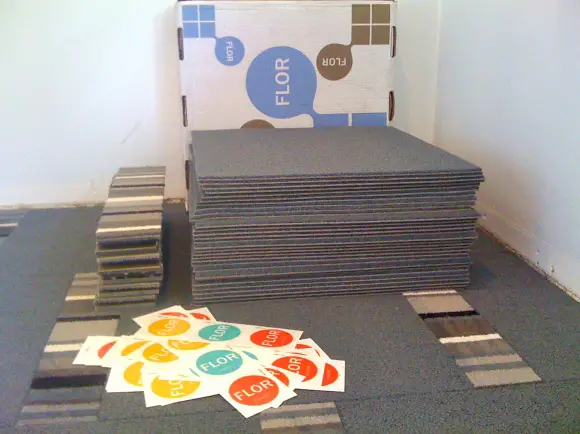 Wood Subfloor
Wood Subfloor Some things to consider in installing bamboo flooring planks are the longest wall in the room, the direction of the light to conceal seams impact as well as windows and entryways.
Some things to consider in installing bamboo flooring planks are the longest wall in the room, the direction of the light to conceal seams impact as well as windows and entryways.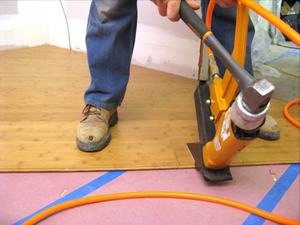 The challenge here would be the identification and marking or the flooring joists. Each piece of flooring should be nailed every 8 inches and within 2 inches of each end at a 45º angle.
The challenge here would be the identification and marking or the flooring joists. Each piece of flooring should be nailed every 8 inches and within 2 inches of each end at a 45º angle. Some adhesive are available ready for use while some would have to be mixed. Be sure to follow manufacturer’s instructions and recommendations when mixing the adhesive from the amount of water required to the ideal consistency of the mixture and the appropriate trowel size.
Some adhesive are available ready for use while some would have to be mixed. Be sure to follow manufacturer’s instructions and recommendations when mixing the adhesive from the amount of water required to the ideal consistency of the mixture and the appropriate trowel size.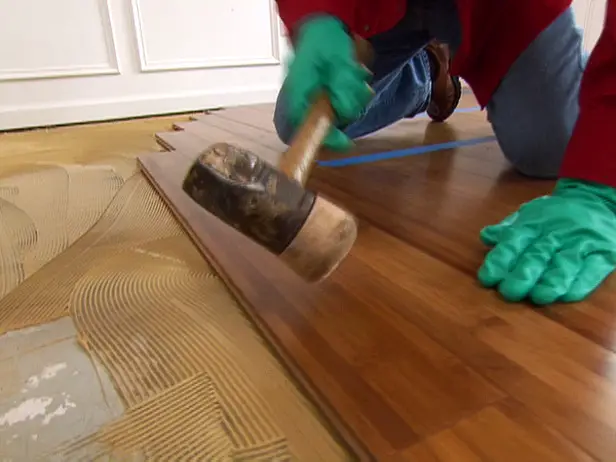 Begin on the side of the wall with the first plank’s grove facing the wall. Make sure that there is enough ventilation in the room and don’t forget the recommended expansion gap. If curing is allowed prior to laying out the planks on top of the adhesive, be sure to do just that.
Begin on the side of the wall with the first plank’s grove facing the wall. Make sure that there is enough ventilation in the room and don’t forget the recommended expansion gap. If curing is allowed prior to laying out the planks on top of the adhesive, be sure to do just that.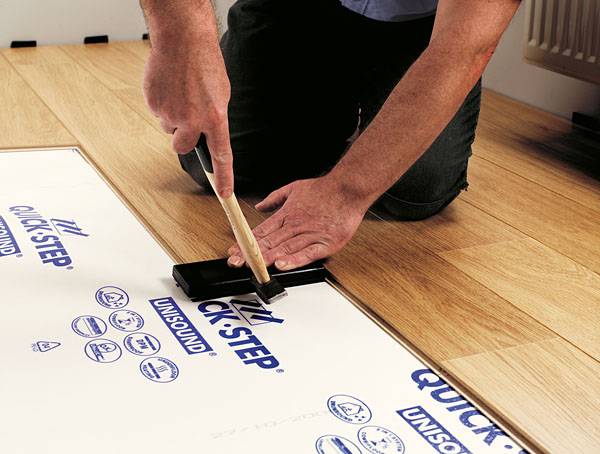 Begin on one side of the wall, groove facing the wall. Apply adhesive on the tongue and grooves successively. Lay subsequent rows of planks and use a tapping block to securely lock them. For the ends of each row, use a pry bar for a needed push.
Begin on one side of the wall, groove facing the wall. Apply adhesive on the tongue and grooves successively. Lay subsequent rows of planks and use a tapping block to securely lock them. For the ends of each row, use a pry bar for a needed push.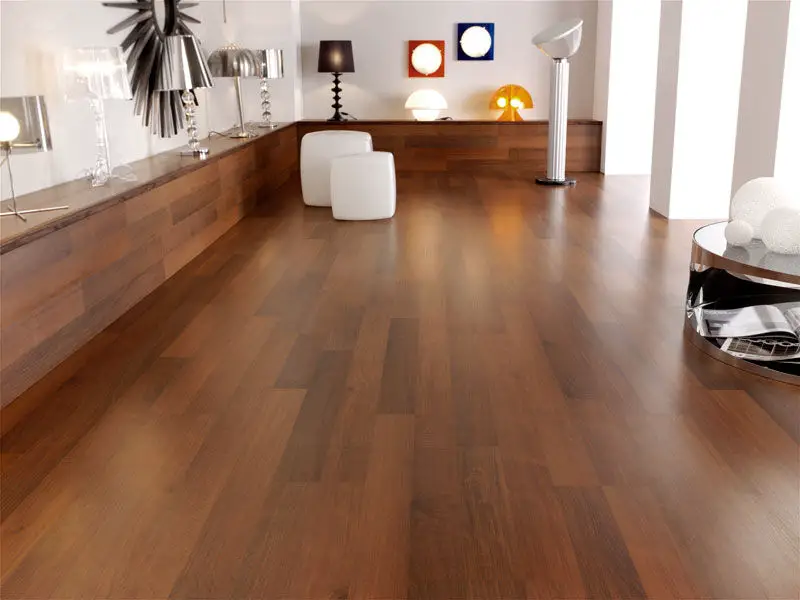 risalafurniture.ae
risalafurniture.ae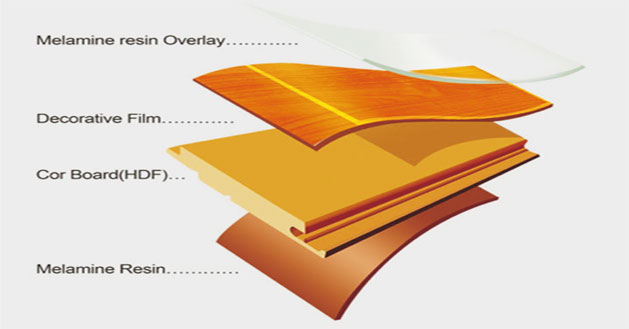 www.kingswell.com.au
www.kingswell.com.au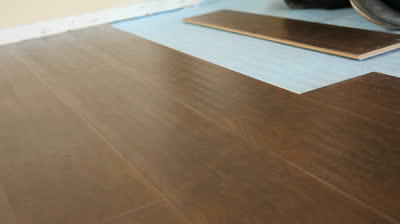 shutterstock.com
shutterstock.com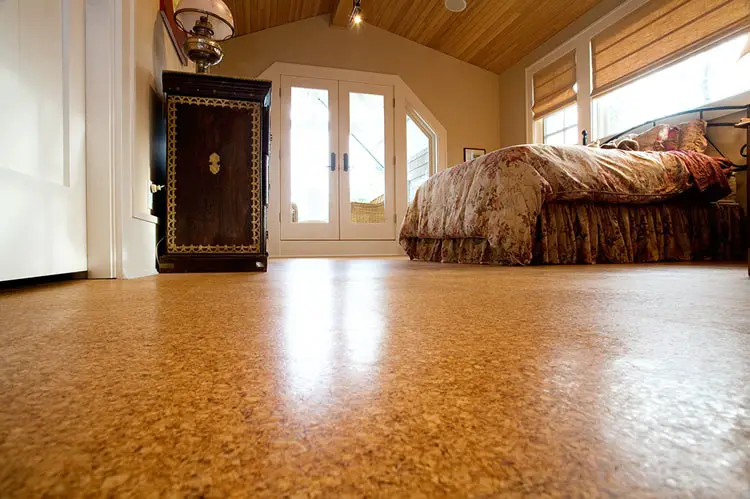 If you’re like some who can spend an entire day in their bedroom or if you plan for your kids to spend more time in theirs, better make sure its well decorated and well fit for other activities other than watching TV or sleeping. While the room’s size will always be a big factor, creativity and being organized can do wonders.
If you’re like some who can spend an entire day in their bedroom or if you plan for your kids to spend more time in theirs, better make sure its well decorated and well fit for other activities other than watching TV or sleeping. While the room’s size will always be a big factor, creativity and being organized can do wonders.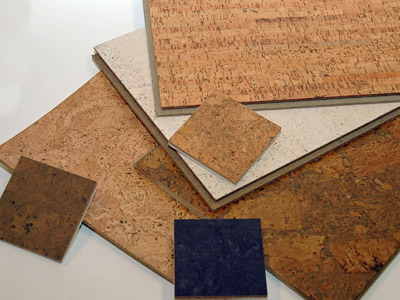 Our top choice, without any question is cork. While it can be a little bit more costly than other flooring solutions available in the market today, it has everything any homeowner can possibly look for:
Our top choice, without any question is cork. While it can be a little bit more costly than other flooring solutions available in the market today, it has everything any homeowner can possibly look for:
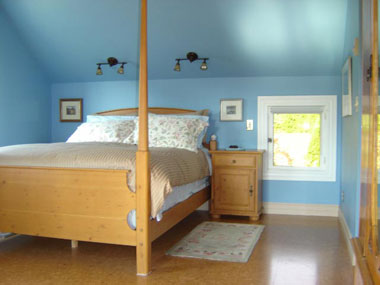

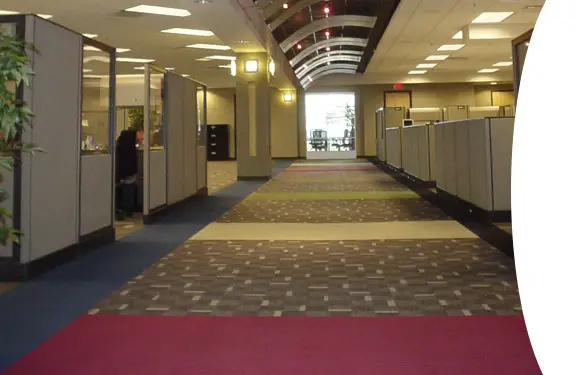 jags-webdesign.com
jags-webdesign.com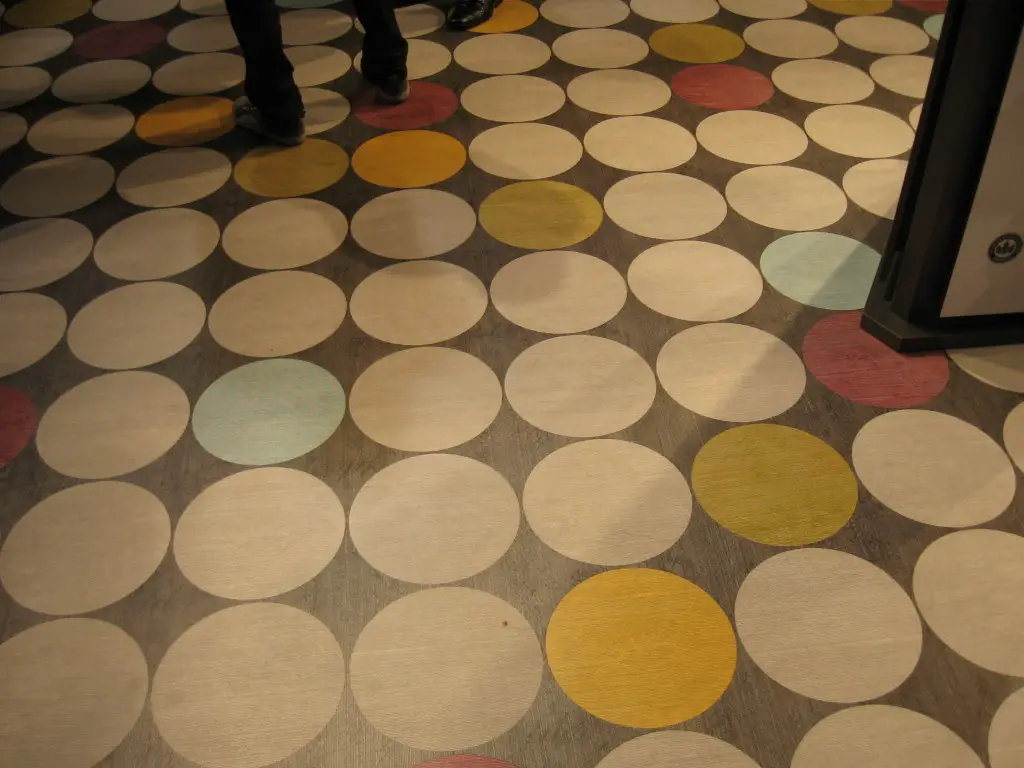 texturesflooring.com
texturesflooring.com houzz.com
houzz.com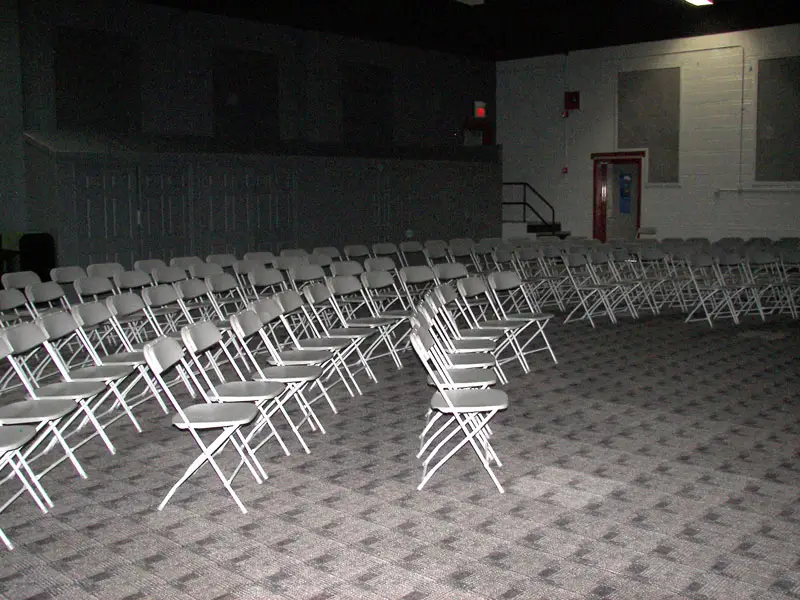 blog.focusfloors.com
blog.focusfloors.com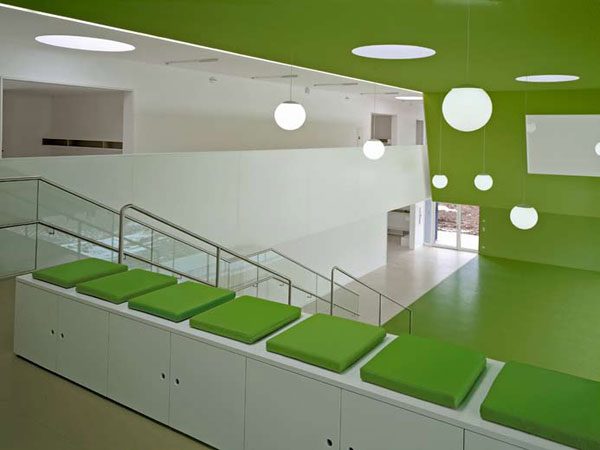 flooring.interiorfans.com
flooring.interiorfans.com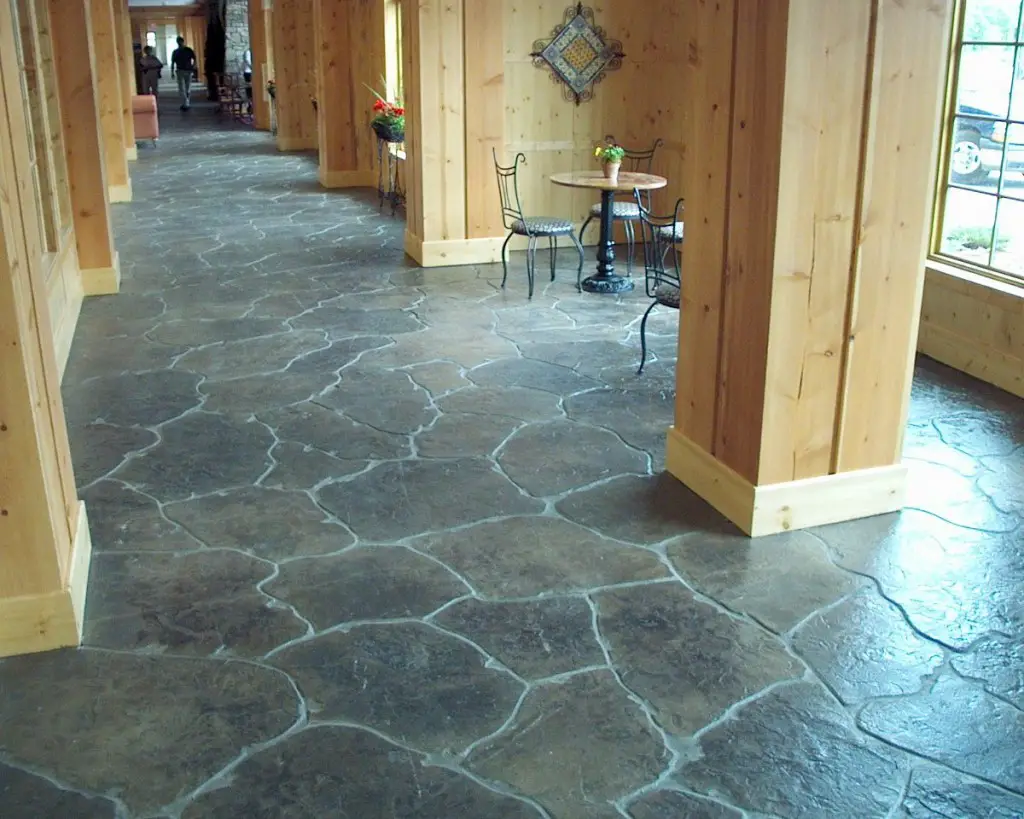 designercustomconcrete.com
designercustomconcrete.com pinterest.com
pinterest.com



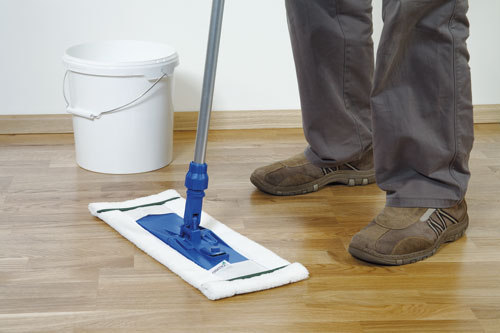
 We hope that you will follow these quick tips as you continue your spring cleaning!
We hope that you will follow these quick tips as you continue your spring cleaning!